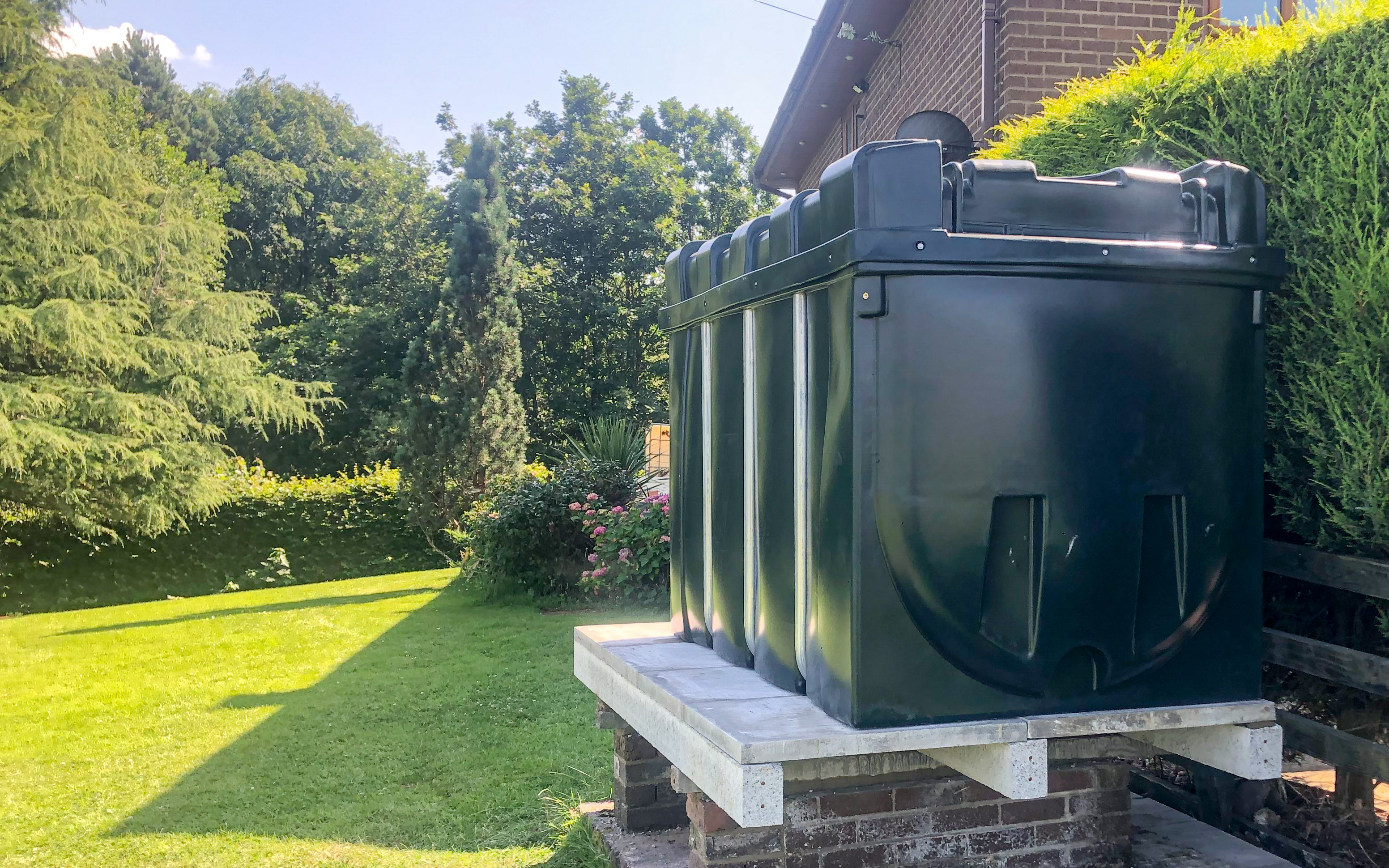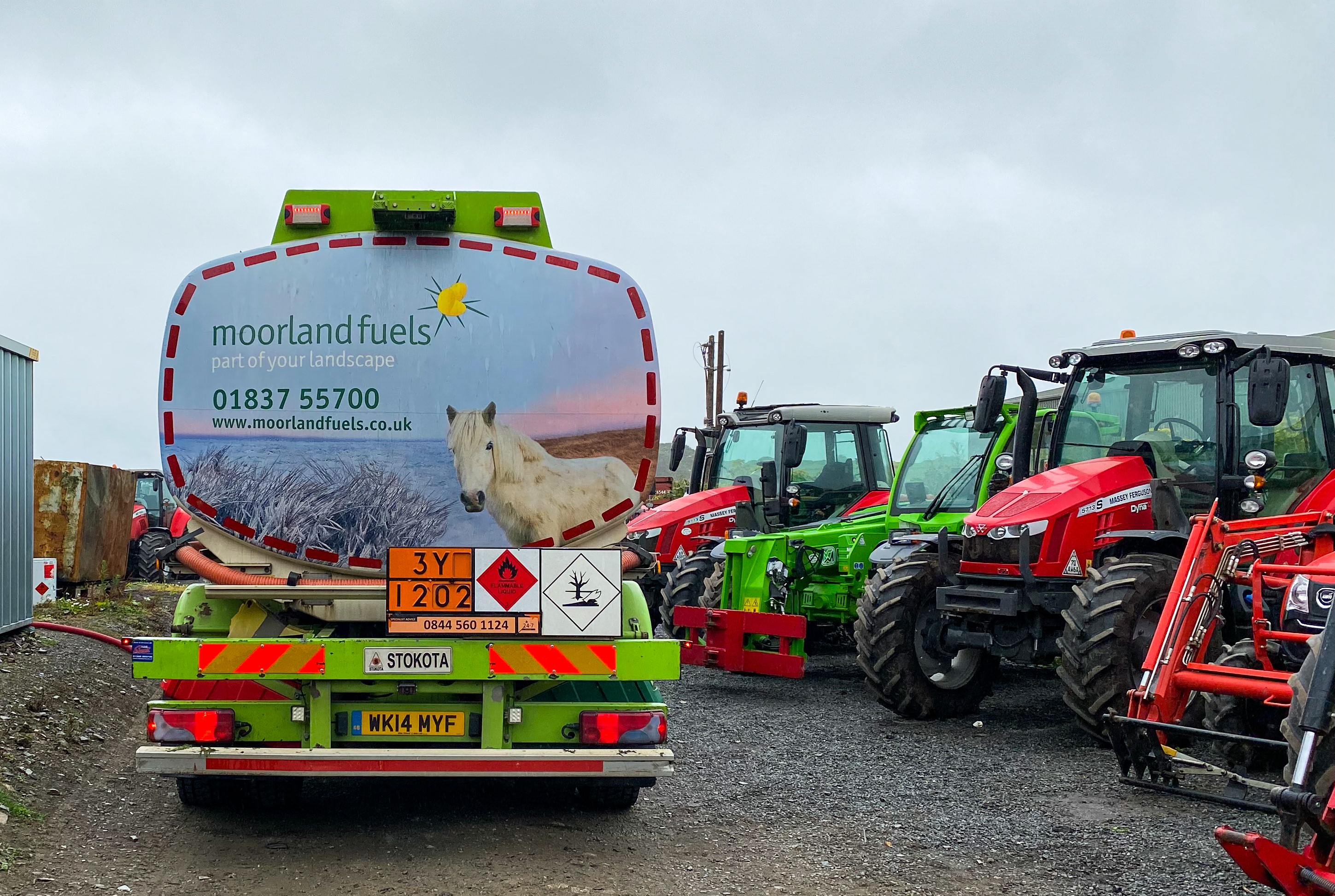Five Signs You Require a Domestic Oil Tank Replacement
Domestic oil tanks are known for being highly reliable and efficient, and with the right care and maintenance, they can stay in operation for more than 15 years. This makes them a popular home-heating solution for many home and business owners! However, nothing lasts forever – and this includes domestic oil tanks. Having your oil tank inspected and maintained regularly by the professionals is an important investment, but if you’ve spotted the telltale signs that your tank is set to break down soon, it may be time for heating oil tank replacement services.
It may be time for domestic oil tank replacement services if:
Your oil tank is older than 15 years
As we’ve mentioned, it’s not uncommon for oil tanks to run for longer than 15 years with regular maintenance and the right upkeep. However, if your tank is between 10-15 years old, you should have it inspected by the professionals much more frequently than before. Problems typically start to develop after tanks have been in operation for a decade or so, and there are only so many repair services you can have before it becomes more efficient to completely replace the heating system.
Just because your oil tank is more than 15 years old, it doesn’t necessarily mean that you need to replace it. However, it may be more cost-effective and energy-efficient to do so. Substituting an old tank for a newer model could help you heat your home quicker and for less money, and it could also prevent issues from developing so often.
If you’re wondering whether your current oil tank needs to be replaced or not, contact us at Moorland Fuels today. We’ll inspect your tank for signs of damage and offer our advice on what to do next.
Your oil tank has been exposed to frost and snow
Even a newly installed tank can become weak enough to stop operating efficiently if it’s exposed to extreme temperatures, especially frost and snow. This will typically only happen if your domestic oil tank is located outside, so pay extra attention to tank maintenance throughout the winter – especially after particularly frosty periods or snowfall.
If it does snow, you should sweep away any snow that has collected on top of your tank. Get into the habit of doing this regularly, perhaps more than once a day if snow is falling heavily. After all, leaving piles of snow to build up can damage the structure of your heating oil tank. Oil tanks aren’t designed or built to withstand heavy weights or pressure, so bear this in mind throughout the coldest months of the year.
As the weather starts to cool, you should also inspect your tank’s seals and lids. This is especially important if you’ve just received a delivery and your tank has only recently been topped up. If the lid wasn’t closed properly, frost or snow could get inside.
If you spot the telltale signs of this, it’s time to call your local oil tank repair and maintenance experts. They will need to inspect the tank for signs of damage and decide whether or not it needs to be replaced. Extreme temperatures can be catastrophic for domestic oil tanks, so a replacement might be necessary after exposure to ice and snow.
Your oil tank is leaking
Unfortunately, if your heating oil tank is leaking, it’s probably too late for repair services. The chances are that it will need to be replaced altogether. This is because the tank has likely corroded from the inside, meaning holes and cracks have developed and oil can no longer be contained.
It will be too costly to repair these holes, and the tank will already have been weakened by the damage. So, if you spot the telltale signs that your domestic oil tank is leaking, it’s time to book a replacement.
How do you know if your oil tank is leaking? There are a few signs to look out for. Some are obvious, and others you will probably only notice if you inspect your oil tank regularly. One of the most obvious signs that your tank is leaking is that oil is pooling around the tank. If you spot this, call your local tank experts right away.
Sometimes, leaking oil won’t be as obvious. While puddles and pools are easier to spot, wet patches also indicate there’s a problem. You might spot these forming on the patio or paving stones underneath your tank.
Another sign that your tank is leaking is that you’re using more oil to heat your home than usual. Tanks can become less efficient for other reasons (i.e. if one or more components is worn or damaged), but it’s often because of holes and gaps that have developed over time.
Your tank has cosmetic damage, such as rust spots
Like most systems and types of equipment, cosmetic damage is often an indicator of something more serious. For this reason, inspecting your tank regularly is extremely important. Identifying issues like cosmetic damage early on could be the difference between vital repair work or having your domestic oil tank replaced completely, so get into the habit of checking over your tank at least once every couple of weeks.
When it comes to oil tanks, cosmetic damage is typically a sign of your tank growing weaker. Usually, the damage will appear as spots of rust or dents in the shell, two signs that the shell has started corroding from the inside. Remember – even if the damage doesn’t look terrible from the outside, it will probably be much worse on the inside.
If the damage is left untreated, you could start to face much more serious problems than dents and rust spots. Over time, the tank’s shell will get weaker and weaker, and holes and cracks might develop. As we’ve mentioned, these can cause your oil tank to leak and become less efficient.
Your oil tank looks uneven or has damaged legs
If you’ve noticed that your oil tank is off centre, it’s time to call your local tank specialists. A leaning oil tank is a much more serious problem than you might initially think; while lopsided tank legs might look like cosmetic damage, they could also be responsible for your tank tipping over.
A fallen tank isn’t something you want to deal with. In addition to a broken oil tank, you will also need to clean up the oil spill and take care of any other damages caused by the fallen tank. It could also be very unsafe, as large oil tanks can be extremely heavy. Avoid accidents and injuries by making sure your oil tank is inspected and replaced by the experts.
You may be tempted to cut costs by not repairing or replacing your tank, but if its legs are damaged or threatening to break, you’ll still lose money as a result. After all, the tank won’t be able to contain as much oil as it’s designed to without the risk of toppling over. This means you’ll need to book more regular oil deliveries than you would if the tank could hold its full capacity.
Moorland Fuels: Oil delivery and fuel tank specialists based in Devon
Regular maintenance work will keep your tank running smoothly and efficiently for longer than you might expect. However, if you’ve spotted any of these five signs, it may be time to replace your domestic oil tank altogether.
For domestic oil tank replacement services you can rely on in Devon, we at Moorland Fuels are here for you. As Devon’s favourite independent fuel distributors, we are proud to supply our valued clients with efficient fuel deliveries, including top-up delivery services, at highly competitive prices. Whether you require industrial lubricants for warehouse machinery or kerosene for your Devon home, Moorland Fuels has everything you need.
We also specialise in tank services, oil tank cleaning and domestic oil tank replacement solutions to help keep our valued clients’ tanks operating smoothly. To learn more about our services or to book in for a domestic oil tank replacement, don’t hesitate to contact us at Moorland Fuels today.


